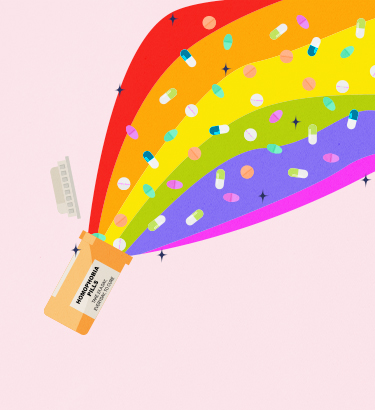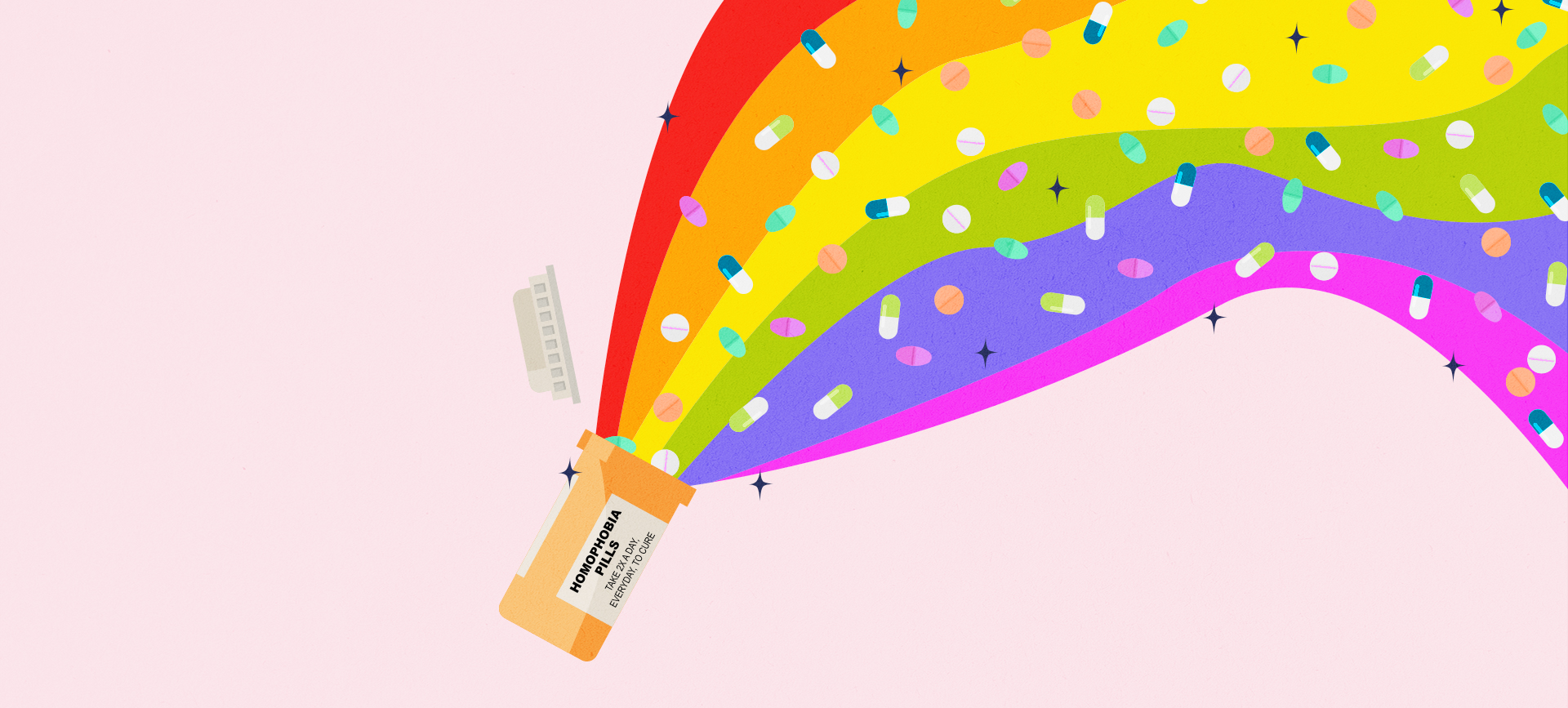In 1981, doctors began recording the United States' first cases of what we know as HIV, predominantly among young, gay men in large, coastal cities. In May of that year, biweekly gay newspaper the New York Native first reported on the virus, but news slowly trickled into the national mainstream media, too. Doctors at the time were puzzled and needed a name for the virus. Quickly, they settled on the acronym of GRID, for "gay-related immune deficiency."
It didn't take long for media coverage to become laced with stigma. The revelation that GRID could be sexually transmitted tied into homophobic portrayals of gay men as promiscuous. As a result, the language began to shift. The virus became known as a "gay plague," and the government largely turned a blind eye. The implication was that the marginalized people being ravaged by the virus were essentially disposable. By the time GRID was renamed "acquired immunodeficiency syndrome" (AIDS) in 1982, the damage had already been done. In 1984, researchers discovered the cause of AIDS was human immunodeficiency virus (HIV).
It took millions of deaths, decades of activism and determined, grassroots campaigns by marginalized activists worldwide, but an HIV diagnosis nowadays is no longer a death sentence. Antiretroviral therapy (ART) medication can be taken by HIV-positive people to suppress their viral loads down to undetectable levels, meaning they can't transmit the virus, even through unprotected sex. PrEP can be routinely taken to protect against HIV transmission, whereas PEP is the morning-after pill of HIV health care.
Society has come a long way since the "die-in" protests of the 1980s. Nobody knows this better than LGBTQIA+ communities, who have the fear of HIV drummed into them from a young age. As a result, these communities are often better informed and better equipped to deal with HIV.











